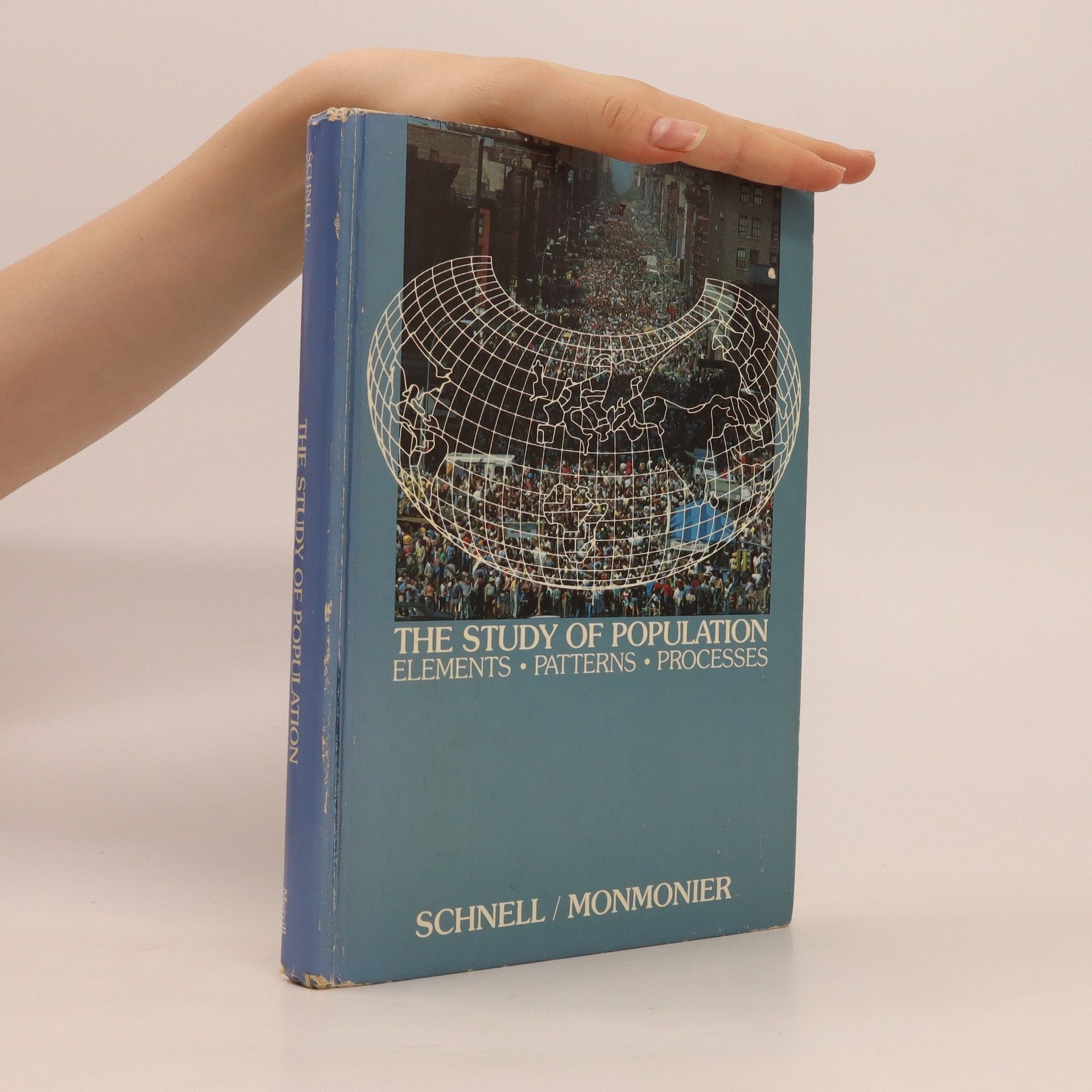Proč mapy lžou
- 221 stránek
- 8 hodin čtení
Našim čtenářům se dostává do rukou kniha, která zřejmě mnohým sejme z očí brýle růžového mámení o pravdivosti a spolehlivosti map. Svěžím jazykem napsaný text nás uvede do mnoha záludností i překvapivých vysvětlení, která čekají na každého, kdo mapu tvoří, prohlíží si, hodnotí a používá ji. Ukazuje se, že mapa je stejně ostrou zbraní jako slovo. Nakonec „kartografický“ jazyk popisuje skutečnost ne zvukovými, ale grafickými prostředky podle jisté konvence. Tak jako slovo může mít více významů, obzvláště v různých souvislostech, tak i interpretace mapy, přes zdánlivou jednoznačnost, nabízí podobně nepřeberné množství možností. Stačí jen chtít. A protože slovo i mapa vycházejí od konkrétního člověka, mějme vždy na paměti, že za každou „objektivní“ informací se skrývá „subjekt“ tvůrce. Právě na tyto „lidské“ aspekty map autor knihy upozorňuje tónem, který nezapře jeho zkušený ironický nadhled nad stránkami lidské povahy, jež se cestami individuálních možností, schopností, tužeb a zájmů tvůrců promítá do každé mapy. Posuďte sami a společně s autorem si odpovězte na otázku – musí mapy lhát nebo to jen chtějí jejich tvůrci? V knize, mapách i životě naleznete inspirace, které nutí k zamyšlení. A co dál? Chce to mít jen trochu zdravé


